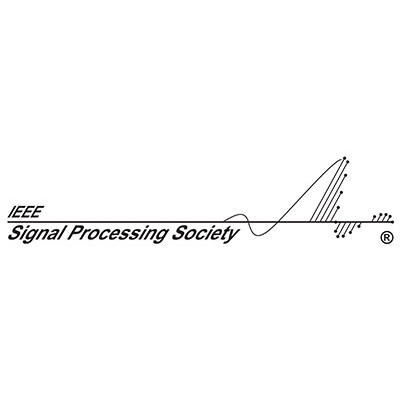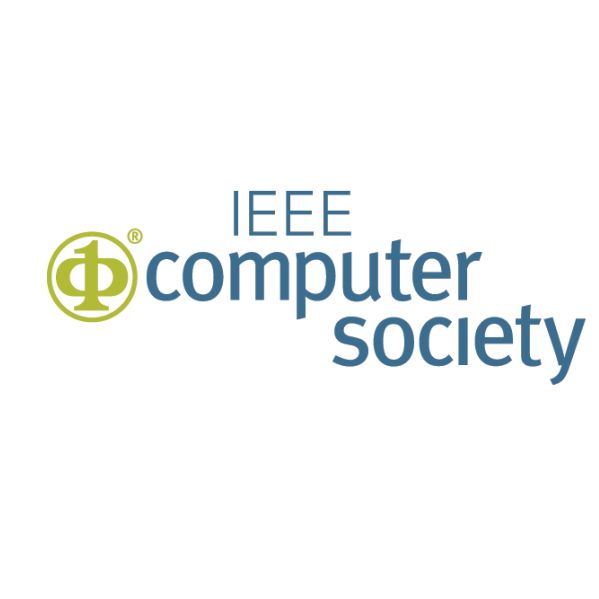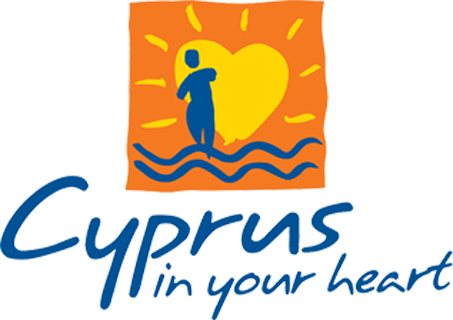Tutorials
Tutorial 1
Commercial Wireless Communication Microwave Links as a Virtual Sensor
Network for Precipitation Mapping – A Real Life IoT application
Dr. Hagit Messer, Dr. Jonatan Ostrometzky (School of Electrical Engineering, Tel-Aviv University)
The use of existing measurements from a commercial wireless communication system as virtual sensors for environmental monitoring has been recently proposed. In particular, measurements of the Received Signal Level (RSL) of Commercial Microwave Links (CML) which are part of the backhaul of Communication Microwave Network (CMN) used for cellular systems are considered as opportunistic sensors for precipitation monitoring. While initial results have demonstrated the use of the suggested technique for estimating and mapping of rain, as well as of monitoring other-than- rain phenomena, there are open challenges for the signal processing community. In particular, the amount and the diversity of the available measurements enable the use of some of the most advanced tools of statistical signal processing for optimally detecting precipitation events, classifying them, estimating the accumulated rainfall, and constructing instantaneous rain maps. We will review recent results and open challenges, demonstrating the benefit to the public good from utilizing the opportunistic-sensing approach as an IoT application.
Tutorial 2
Multi-way Communication and Cooperation
Dr. Aydin Sezgin, Dr. Anas Chaaban (Ruhr-Universitat Bochum, KAUST)
Higher data rates and low latency, among others, are demanded features in the next generation wireless networks, i.e., 5G. These demands are however confronted by limitations in the available wireless spectrum, which poses challenges to researchers and engineers worldwide. Furthermore, most devices are designed to operate in half-duplex mode, which results in poor utilization of the scarce resources. To overcome those bottlenecks, cooperation and full-duplex multi-way communication (MWC) are considered as two highly promising and resource-efficient technologies as potential solutions . This tutorial sheds light on these topics by reviewing state-of-the-art results on cooperation and multi-way communication for performance enhancement and interference management, and discussing opportunities and challenges therein.
Tutorial 3
MEMORY-AIDED SIGNAL-PROCESSING IN WIRELESS COMMUNICATIONS: A PARADIGM SHIFT IN CACHING
Prof. Petros Elia (Communication Systems Department, EURECOM)
This tutorial will provide a new look at the recent efforts to employ memory-aided communications “on top” of physical layer signal-processing solutions in wireless communications networks. We will also review the very recent research that directly combines and fuses the two elements of caching and signal-processing PHY. The tutorial is among the very first to discuss the possible new directions that can come from realizing that the problem of caching (MAC) and of communication (PHY)-based signal processing are nonseparable, in the sense that you cannot just concatenate a powerful caching algorithm, to a powerful signal-processing communication solution, and expect to get the best out of both. We will also discuss the different new directions that are inspired by the transition from the wired to the wireless medium; a transition that seems to entirely change the core of how memory must be used.
Tutorial 4
Recent trends in high resolution ultrasound imaging
Dr. Denis Kouame (University of Toulouse)
The intrinsic ease for the use of ultrasound, its advantages including real-time imaging, physiologic measurements, media characterization, use of non-ionizing radiation, and in particular its reasonable cost, make it one of the most widely used imaging systems. Ultrasound imaging is applied in a wide range of areas including biomedical, space, underwater, non-destructive evaluation and many industrial areas. As in communications and speech processing, the core of ultrasound imaging technology is the relevant signal processing techniques involved. This tutorial has two main aims. The first is to provide signal processing scientists, engineers and even potential clinicians with an up-to-date overview on the current signal processing developments in the area of industrial and biomedical ultrasound imaging. The second is to create an opportunity for encounter between signal processing and ultrasound imaging communities and even biomedical system designers.







